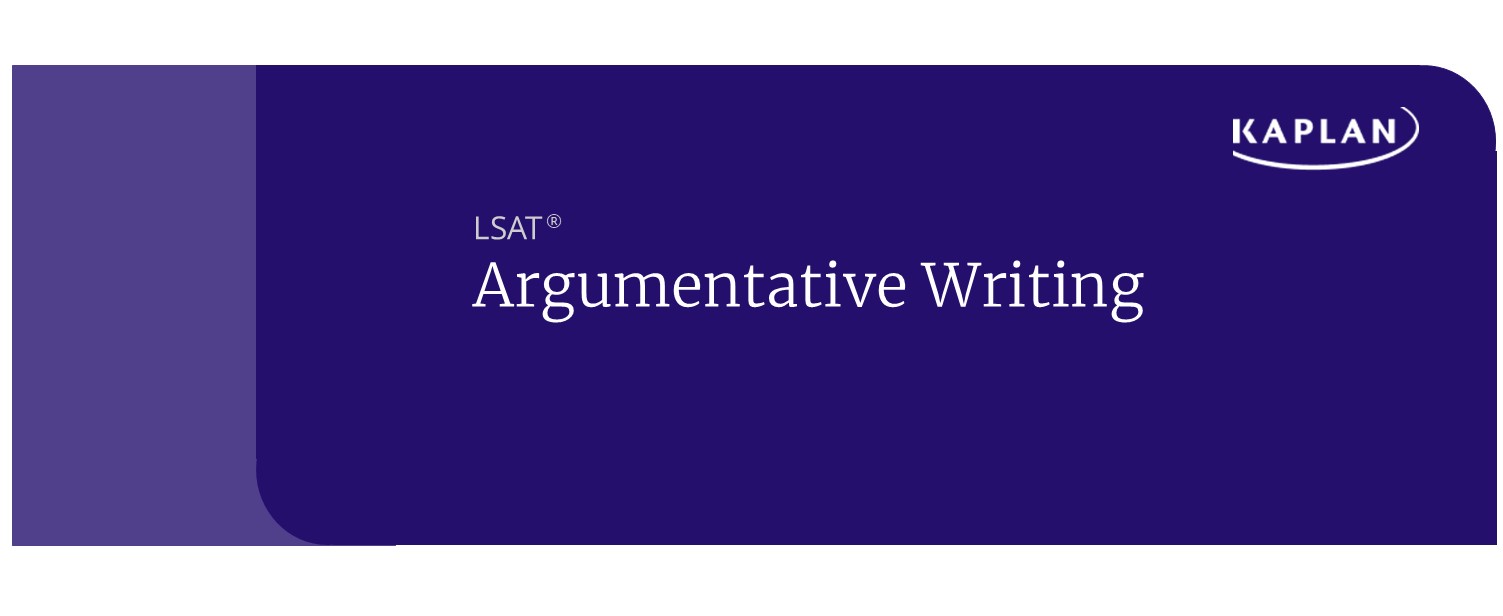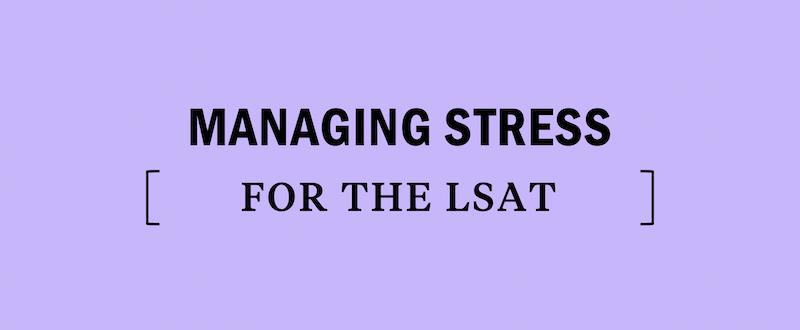How to Craft a 90-Day, AI-Powered LSAT Study Plan
Studying for three months is a very common duration people choose to study for the LSAT. This plan was designed to help you personalize your LSAT prep during a 3-month timeframe and compliment expert instruction with AI tools. Building an LSAT study guide with AI is simple and can fit in easily into your 90 day plan.
Table of Contents
- Developing a Baseline
- Selecting AI tools
- Creating Your 3-Month Study Guide
- Adjusting Your Study Plan
- Frequently Asked Questions
Develop a Baseline and Set a Target LSAT Score Goal
Having a baseline of your current LSAT curriculum knowledge and figuring out average LSAT scores for your Law school choices is an important first step in developing a LSAT study plan. If you are struggling to find out what your target LSAT score should be based on the schools you want to apply to, use our LSAT score range table to get a sense of the ranges you should aim for.
Take a Diagnostic Test
Taking a real LSAT exam at the beginning of your three month study plan is the best way to figure out your baseline knowledge. This will allow you to get a score right away and help you understand your performance by question type and section.
It’s also a great way to quickly get a feel for the exam day experience, so make sure the LSAT practice test you take uses the same interface that’s used on the real LSAT test.
Interpret Percentile and Section-Level Data
After completing your LSAT practice test, use your report to make a list of your personal strengths and weaknesses on all the major LSAT topics and question types. You’ll want to allocate more time to your weakness but since you have 3 months to study, don’t forget to include at least a quarter of your prep time on the areas you did well on too.
Giving AI tools a spreadsheet of your section level and score data can help you interpret your baseline if you don’t use LSAT Link from Kaplan. Data points you should pay attention to are:
- Section
- Raw Correct
- Scaled Score
- Percentile
- Primary Error Types
Set a Goal Score With AI Predictive Modeling
Once you have your practice test results, set a SMART score goal. For example, it could be ‘I want to raise my LSAT score by 10 points, from a 155 to a 165.’
Then do a little research before hopping into an AI tool. Having a general idea of top LSAT scores and below average LSAT scores for the schools you plan on applying to is all you need. You just want to make sure you have a general idea of what your goal score should be before using an AI tool like ChatGPT to help you set your goal score.
Before using AI tools like ChatGPT to help you set a goal score, remember to do some research on your own so you can identify hallucinations and blatantly inaccurate information like studying for Logic Games, which is not part of the LSAT anymore.
If you decide to make a spreadsheet, you can also add a column for ‘School’ so you can spend less time building your model and more time refining the model.
When you’re ready, upload your spreadsheet or practice test results into an AI tool. Prompt it with details like: ‘I am applying for law school and I need your help setting a target LSAT score using the attached spreadsheet.’
Talk to it thoroughly and make sure it has all the information possible so it can help you forecast possible score ranges based on 90-day improvement curves.
Select AI Tools and Core Resources
Remember when selecting AI tools and LSAT prep resources, technology should complement, not replace expert instruction. LLMs (large language models) like ChatGPT and Gemini can help provide a base for your LSAT study guide, which enables you to leverage the strength of AI tools to determine where the gaps in your plan are.
Adaptive Question Banks and Analytics Dashboards
When evaluating LSAT practice questions, look for features like real-time difficulty adjustment, error-type tagging, and progress heatmaps. Compare options like Kaplan’s LSAT Link Plus and LSAC LawHub Advantage for cost, question pool size, and analytics depth.
Utilize Kaplan’s LSAT Link Plus, which integrates with LSAC LawHub® and provides study recommendations, practice questions, and more.
Full-Length Practice Exams and Digital Proctoring
AI proctoring can simulate LSAT test-day conditions with webcam monitoring, timing enforcement, and automated flagging. Schedule at least five full-length practice exams over 90 days.
Kaplan offers a free LSAT practice test with built-in analytics. If you don’t have the time right now to take a full-length practice exam, consider taking a 20-minute workout or a pop quiz.
Supplementary Books, Flashcards, and Tutoring
Integrate top print resources like Kaplan’s LSAT Premium Prep. This LSAT prep book is Kaplan’s foundational book for students studying for the LSAT on their own. It lays out the most effective methods for each test section, strategies to use for each question type, and hundreds of drills and official, released LSAT questions.
This book, along with a separate lesson book, is included in all of Kaplan’s LSAT prep courses.
While not required for the following model study plan, Kaplan’s LSAT Flashcards include questions and drills that provide you with study opportunities on the go or as a way to mix up your studying when you’re tired of just books and tests. Some flashcards treat the LSAT as a memorization test, which it is not, but Kaplan’s LSAT Flashcards provide analytical exercises that help you prepare for LSAT test day inference, reasoning, and deduction.
If you do not have access to Kaplan’s LSAT Flashcards, try using an AI-powered flashcard app to see if they can space how often questions appear based on forgetting curves.
Consider one-on-one LSAT tutoring for plateau-breaking. Having an LSAT expert can be an invaluable resource during your 3-month study schedule. The tutor can really help you identify your unique strengths and weaknesses, and get answers to burning questions.
If your LSAT practice test score is lower than you expected, you can even go over your results with them to see what’s going on and how you can raise your score.
Map Your 90-Day LSAT Timeline
This LSAT study guide is broken down into three equal parts.
Phase 1: Foundation (Days 1-30)
- Allocate 10–12 hours/week to learn and understand the concepts. Practice 1.5 to 2 hours a day, 6 of 7 days a week. This is also a time to review questions and perform untimed drills.
- During this period, your focus should be on mastery, not timing (that will come later). The exception is full-length LSAT practice tests, which should always be done under timed, test-like conditions.
- Primary areas of focus include the following:
- LR argument structure
- Learn how to accurately find conclusions
- Learn how to locate direct evidence
- Focus on Main Point, Assumption, Flaw, and Strengthen/Weakening questions
- Non-argument LR questions (i.e., Inference and Paradox questions)
- RC passage analysis
- Learn how to properly analyze passages looking for structure and author opinion
- Learn about and utilize key words to determine structure and author opinion
- Formal logic (i.e., conditional statements)
- Learn the formal logic key words
- Learn how to formulate contrapositives
- Learn how to make connections between formal logic statements
- Learn to make accurate deductions when faced with formal logic statements
- LR argument structure
- Integrate daily 15-minute AI flashcard sessions for logic terminology.
- End week 4 with a full length practice test. A full length practice test is by far the practice mode most highly correlated with score improvement. Also don’t be overly concerned with your score at this point. You’re learning a lot of new skills and strategies at this time and you may not have had enough time to master them all yet.
Phase 2: Intensify (Days 31-60)
- Increase to 15–18 hours/week. Always take off one day per week from LSAT practice to avoid burnout. Introduce timing strategies and advanced question types.
- Begin incorporating full, timed 35-minute section practice. By the end of this phase, you should work almost exclusively on timed sections, followed by a study of the explanations for every question you do, including those you get right.
- For the first 10 days of this phase, work on a full, timed 35 minute section every other day. Spend the days in between focusing on specific areas that need attention.
- For the last 20 days of this phase, make full section practice your primary mode of practice. Aim to complete 1-2 sections per day. Always follow up a full section session with a study of the explanations to the section.
- Schedule two full-length proctored exams. Never do more than one full practice test (four 35-minute sections) within a week.
- Use AI analytics or LSAT Link to prioritize weakest question families each week.
- Begin two-hour weekly group sessions or on-demand Kaplan Live Online classes.
Phase 3: Simulate and Refine (Days 61-90)
- Dedicate 20 hours/week, emphasizing endurance and pacing. Always take off from LSAT practice 1 day per week to avoid burnout.
- At this point in your journey, 5 out of 7 days a week should be spent on timed section practice. Take a full exam on the 6th day. Take a break from LSAT practice on the 7th day.
- Spend two-thirds of your time on LR, and one-third on RC.
- Take 3-4 full exams under strict digital-proctor conditions, once per week. Aim for your goal score by test 4.
- Implement error-log review after every practice test: catalog misreads, timing slips, and logic mistakes.
- Taper study time 48 hours prior to your official test for cognitive recovery.
- Take off the day before the test to ensure peak performance on test day.
Run Weekly Feedback Loops
Within your 3 month study plan, make sure to add time to your study guide for reviewing your progress. If you’re using AI, ask it to build you an error-log template that you can use to modify your plan with. If you’ve hired a tutor, give them your error-log spreadsheet and ask them for suggestions on the root cause of these errors and how to develop a “fix strategy”.
Analyze Missed Questions by Error Type
When you are analyzing your missed questions, use labels like ‘Content Gap, ‘Misread’, ‘Guess,’ or ‘Time-Out’ in your error-log template. This will help you or an AI tool quickly identify patterns.
Adjust Study Hours and Topic Weighting
After setting up your data collection method and your data source for your weekly review process, you’ll want to cross reference your results with how many hours you spent studying each topic and pay attention to how much weight that topic has on the LSAT. For instance, Assumption questions (4-6 per section) appear more in a given section than Method of Argument questions (0-2 per section).
For example if you notice that your Reading Comprehension accuracy is less than 60%, shift at least 2 hours a week from Logical Reasoning practice to Reading Comprehension passages till you get above 60%.
Schedule Recovery and Mindset Training
Each week of your 90 day LSAT study plan should contain one full day of rest. Typically students choose Sunday as their day of rest however any day of the week that works for your schedule is best. You just want to avoid burning out.
It’s important to spend your rest day away from LSAT prep. Do something that clears your mind, like socializing with friends, or watching a movie.
3-Month LSAT Study Guide FAQs
Below are some answers to commonly asked questions about studying for the LSAT in 90 days.
Can I Raise My LSAT Score 10 Points in Three Months?
Yes, it’s possible to raise your score by 10 points in 3 months. Many test-takers see 10-point gains in 90 days when they follow a data-driven plan, complete 4 to 6 full practice tests, and use adaptive AI analytics to target weaknesses.
How Do I Adapt the LSAT Study Plan if I Work Full-Time?
If you work full time and you need to adapt your plan, try condensing your daily study blocks into two focused 90-minute sessions, shift one full-length practice test to weekends, and lean on mobile AI flashcards for micro-learning during commutes.
What If My LSAT Diagnostic Score Is Below 150?
If your first practice test score is below 150, extend Phase 1 to 45 days, emphasize foundational logic drills, and consider adding Kaplan Live Online instruction for guided practice before moving to timed sections.
Is AI Enough, or Do I Still Need a LSAT Tutor?
AI tools can personalize LSAT practice, but an LSAT tutor can correct reasoning habits and provide accountability. Combine both if you plateau or need targeted strategy refinement.
Written by Kaplan experts, reviewed by Joe Miles, veteran LSAT instructor. Joe has taught thousands of students how to master the LSAT for over 25 years. He holds a B.A. in Radio, Television, and Film (Temple University) and a J.D. from The Shepard Broad College of Law. Joe is a former criminal defense attorney.





